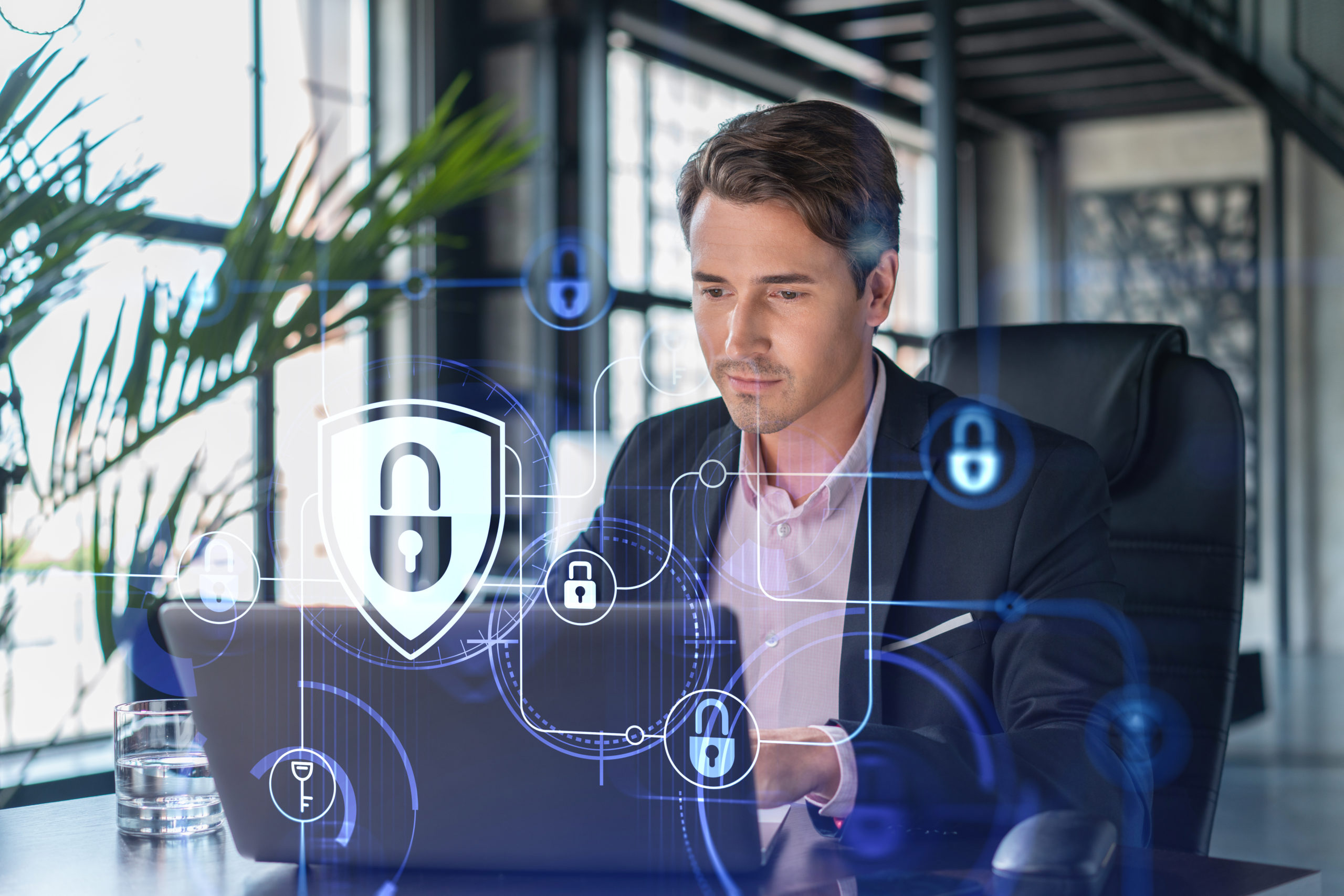The 7 Steps to Keeping End-Users in Local Governments Cyber-Secure
The human factor has been involved in the majority of data breaches over the past year. And that means people, including your city and county office workers and citizens, are critical to keeping an end-user cyber secure.
As a city or county official, understanding the complex landscape of cybersecurity takes time and effort. Especially when tasked with protecting the digital safety of your office and the entire community.
This article will explore how to tackle these challenges head-on and provide practical insights and solutions.
Together, we will uncover the critical steps to enhance your cybersecurity and build the confidence of those relying on your judgment.
Challenges in Protecting End Users in City and Local Governments
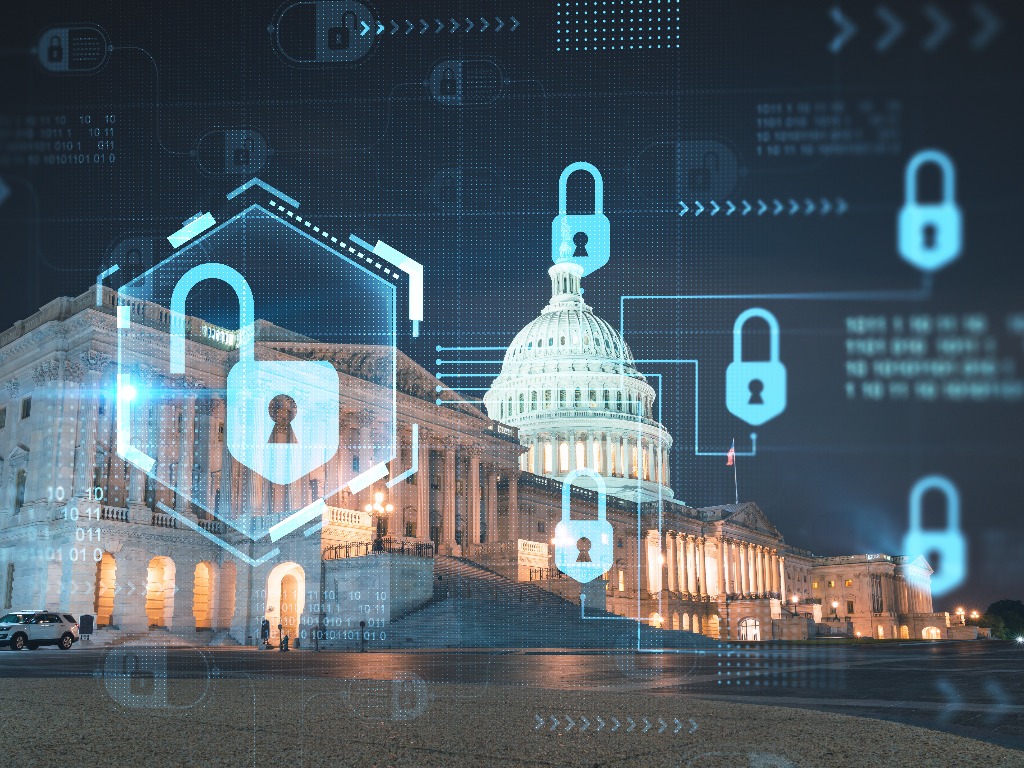 As your city or county relies more and more on digital technologies, securing end users and citizens has never been more crucial.
As your city or county relies more and more on digital technologies, securing end users and citizens has never been more crucial.
Let’s explore the unique challenges city and local governments face and how a little bit of knowledge and insights can go a long way.
The constantly changing world of cyber-threats
One of the primary obstacles in keeping end-users and citizens cyber-secure is the constantly evolving landscape of cyber threats. Cybercriminals continually develop new techniques and refine their tactics with one goal in mind: To breach your city or county offices.
Staying ahead of them is a never-ending pursuit.
The effect of limited budgets on your security
Local governments always operate with limited budgets. And with so many things competing for you that money, allocating resources for cybersecurity is a tough balancing act.
This lack of funding leads to outdated and legacy technology, inadequate staff training, and insufficient cyber-security measures, leaving end users vulnerable to cyberattacks.
Fragmented and Legacy IT Infrastructure
City and local governments typically have multiple departments and agencies, each with IT systems and networks. This decentralized and fragmented infrastructure can create inconsistencies in cybersecurity policies and procedures, making it difficult to maintain an acceptable cybersecurity strategy.
The wide range of end-users
Local governments must cater to a diverse group of end users. This group includes employees, contractors, businesses, and citizens. This diversity brings unique challenges in guaranteeing that all end users have been educated on cybersecurity best practices and following security practices.
Complying with cybersecurity regulations
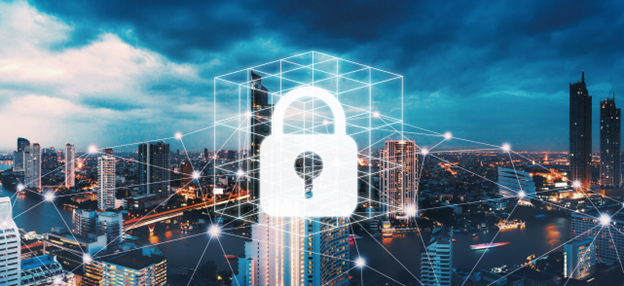
Governments must comply with various cybersecurity regulations and standards, which can be complex and difficult to understand. Compliance while maintaining efficient and workable operations can be demanding for city and local government officials.
The human factor
Despite the best cybersecurity methods in place, human error remains your number one vulnerability. From falling prey to phishing emails to using weak passwords, end users and citizens can unmistakably expose your entire systems to cyber threats … and a breach.
By recognizing these challenges and understanding the unique aspects of end-user cybersecurity in the city and local governments, officials can develop more effective strategies to protect their organizations and citizens.
Step 1: Crafting a Robust Cybersecurity Policy
A well-defined cybersecurity policy is the foundation of any successful digital security strategy. In addition, city and county governments can offer better end-user protections by addressing all of the leading cybersecurity best practices.
A. Strong passwords-and consistent management
 Employing robust password practices is a cornerstone of digital security. Follow these quick guidelines:
Employing robust password practices is a cornerstone of digital security. Follow these quick guidelines:
- Encourage using long, complex passwords, combining upper and lowercase letters, numbers, and special characters. 12-16 characters.
- Advocate for adopting password managers to store and generate unique passwords securely.
- Use multi-factor authentication (MFA) for added layers of security.
B. Software updates and security patches
Keeping software up-to-date is essential in the battle against cyber threats. Establish regular update schedules and enforce compliance to create a secure environment for your city or county.
Consider these strategies:
- Automate software updates to reduce the risk of oversight.
- Develop a centralized system for tracking and managing software versions and patches across departments.
- Foster a culture of prioritizing updates by communicating the importance of timely installations to end users.
C. Cyber-security awareness training
You often hear this but don’t discount how critical it is. Educating end users on cybersecurity best practices is essential to reducing human cybersecurity errors. To create a culture of cybersecurity awareness, start here:
- Conduct regular training sessions covering phishing attacks, social engineering, and secure browsing habits.
- Utilize real-world examples and relatable anecdotes to engage end users and illustrate the significance of cybersecurity.
- Reinforce training with periodic assessments, ensuring end users retain and apply the knowledge gained.
By developing a comprehensive cybersecurity policy that includes password management, software updates, and security awareness training, city, and local governments can effectively address the unique challenges faced in protecting end users and citizens.
Step 2: Cybersecurity Assessments
 Municipalities handle large amounts of sensitive resident and business information. Cities and counties also manage the critical infrastructures that support their communities. These facts make local governments prime targets for cyber attackers seeking monetary gain or wanting to cause service disruptions.
Municipalities handle large amounts of sensitive resident and business information. Cities and counties also manage the critical infrastructures that support their communities. These facts make local governments prime targets for cyber attackers seeking monetary gain or wanting to cause service disruptions.
To ensure a robust cybersecurity posture, city, and local governments must vigorously identify and address potential risks. Regular cybersecurity assessments are critical in achieving this goal.
A. Identifying vulnerabilities and stopping them
Detecting and addressing weaknesses in systems, networks, and applications is vital in preventing cyber-attacks. To identify vulnerabilities, consider the following strategies:
- Employ automated vulnerability scanning tools to evaluate systems and software for potential weaknesses regularly.
- Allocate resources for timely remediation of identified vulnerabilities, prioritizing those with the highest risk.
- Involve end users in reporting potential security issues and foster an environment of shared responsibility.
B. Ensuring compliance with cybersecurity regulations
Understanding cybersecurity regulations and industry standards are crucial for maintaining public trust and avoiding potential legal repercussions.
To ensure compliance, implement these measures:
- Stay current with relevant cybersecurity laws, regulations, and industry standards.
- Conduct regular audits to assess compliance with these requirements.
- Teach end users about regulatory expectations and their roles in maintaining compliance.
By performing regular security assessments, city and local governments can address the unique challenges of end-user cyber security and safeguard their community.
Step 3: Creating a Cyber-Secure Culture
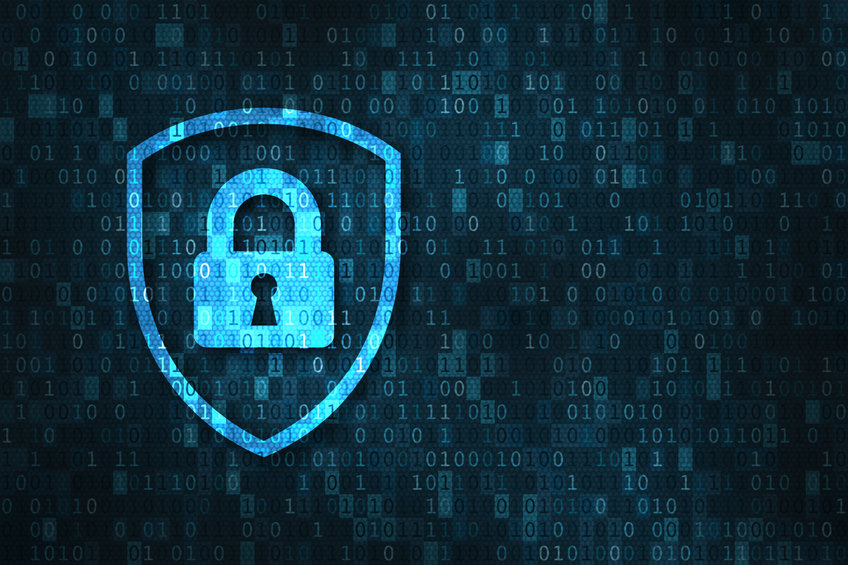
Arming end users with the knowledge and tools to protect themselves from cyber threats is critical to any cybersecurity strategy. Cyber-aware employees and citizens will greatly reduce the risk of successful attacks.
A. Cybersecurity awareness training
Here are some best practices to consider:
- Offer regular, engaging, and interactive cyber-training sessions.
- Tailor cyber-training materials to address your city or county’s unique challenges and requirements.
- Assess the value of training programs by measuring and testing participants’ knowledge.
B. Safe browsing and search habits
Safe browsing habits can significantly reduce the likelihood of cyber incidents. Encourage end users to adopt these practices:
- Utilize strong, unique passwords for all online accounts and enable multi-factor authentication.
- Be cautious when sharing personal information online, and never use public Wi-Fi networks for city or county business.
- Keep software and devices up-to-date.
C. Recognizing phishing attempts and email threats
 Phishing is the most common tactic exploited by cybercriminals and hackers. Teach end users to recognize and respond to these threats by:
Phishing is the most common tactic exploited by cybercriminals and hackers. Teach end users to recognize and respond to these threats by:
- Phishing simulations: Provide real-life examples of phishing emails and explain how to identify telltale signs of a corrupted email.
- Encouraging users to verify the legitimacy of emails before clicking on links or downloading attachments.
- Establish clear reporting procedures for suspected phishing attempts.
By educating end users, including citizens, through cybersecurity awareness training, safe browsing habits, and the ability to recognize phishing attempts, city, and local governments can create a strong foundation for a cyber-secure community.
Step 4: Create secure access controls
Strong access controls are necessary for securing personal info and preventing unauthorized access to your systems. Local governments can reduce the risks associated with cyber threats by implementing a complete set of access control measures.
A. User access management
Effective user access management entails the following:
- Principle of least privilege: Granting users only the permissions necessary to perform their duties.
- Implementing strong authentication methods, like multi-factor authentication, to validate users’ identities before granting access.
- Regularly reviewing and auditing user access rights to detect and correct any discrepancies or unauthorized privileges.
B. Data encryption and secure storage
Protecting sensitive data through encryption and secure storage is essential. Key strategies include:
- Encrypting data at rest and in transit.
- Utilizing trusted encryption algorithms and key management practices.
- Employing secure storage solutions, such as encrypted drives and secure cloud storage providers.
C. Network segmentation and secure Wi-Fi connections

Network segmentation and secure Wi-Fi connections are crucial for protecting digital assets. Consider these steps:
- Divide networks into separate segments, isolating sensitive systems and data from less secure areas.
- Apply stringent access controls and firewalls between segments to prevent unauthorized access and minimize the potential impact of security breaches.
- Secure Wi-Fi networks with strong encryption protocols, such as WPA3, and ensure all connections require authentication.
Step 5: Cutting-Edge Security Technologies and Tactics
To defend against ever-evolving cyber threats, city and local governments must stay ahead by employing advanced security tools and techniques.
These technologies will help detect, prevent, and respond to cyber-attacks more effectively, ensuring end users remain protected.
A. Antivirus and anti-malware software
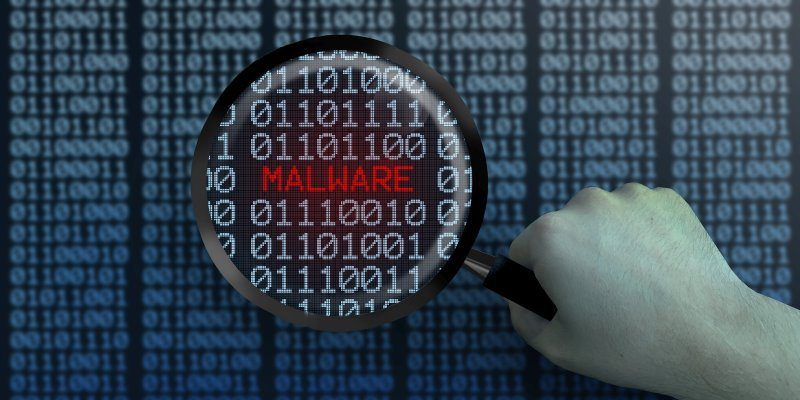
Antivirus and anti-malware software play a crucial role in safeguarding systems and data. Key considerations include:
- Deploying up-to-date antivirus and anti-malware programs on all devices and servers within the organization.
- Configuring software to perform regular scans and automatic updates to ensure optimal protection against emerging threats.
- Educating end users about the importance of updating their antivirus software and performing regular scans on their devices.
B. Firewalls, intrusion detection, and prevention systems
Firewalls, intrusion detection systems (IDS), and intrusion prevention systems (IPS) are essential components of a successful cybersecurity strategy.
To maximize their effectiveness:
- Deploy robust firewalls to control incoming and outgoing network traffic, blocking unauthorized access.
- Implement IDS and IPS solutions to monitor and analyze network activity, identify potential threats, and respond in real time.
- Regularly update firewall, IDS, and IPS rules to stay current with emerging threat patterns and maintain strong defenses.
C. Security information and event management (SIEM) solutions
SIEM solutions provide a centralized platform for monitoring and managing security events across an organization’s network.
To make the most of these tools:
- Adopt SIEM solutions to collect, analyze, and correlate security data from various sources, providing valuable insights into potential threats.
- Configure SIEM systems with relevant rules, alerts, and reporting mechanisms to ensure timely identification and response to security events.
- Train security personnel to effectively use SIEM tools for proactive threat hunting and incident response.
Utilizing advanced security tools and techniques, such as antivirus and anti-malware software, firewalls, intrusion detection and prevention systems, and SIEM solutions, city and local governments can enhance their cybersecurity posture, ensuring end users remain protected against a wide array of cyber threats.
Step 6: Create an Incident Response Blueprint
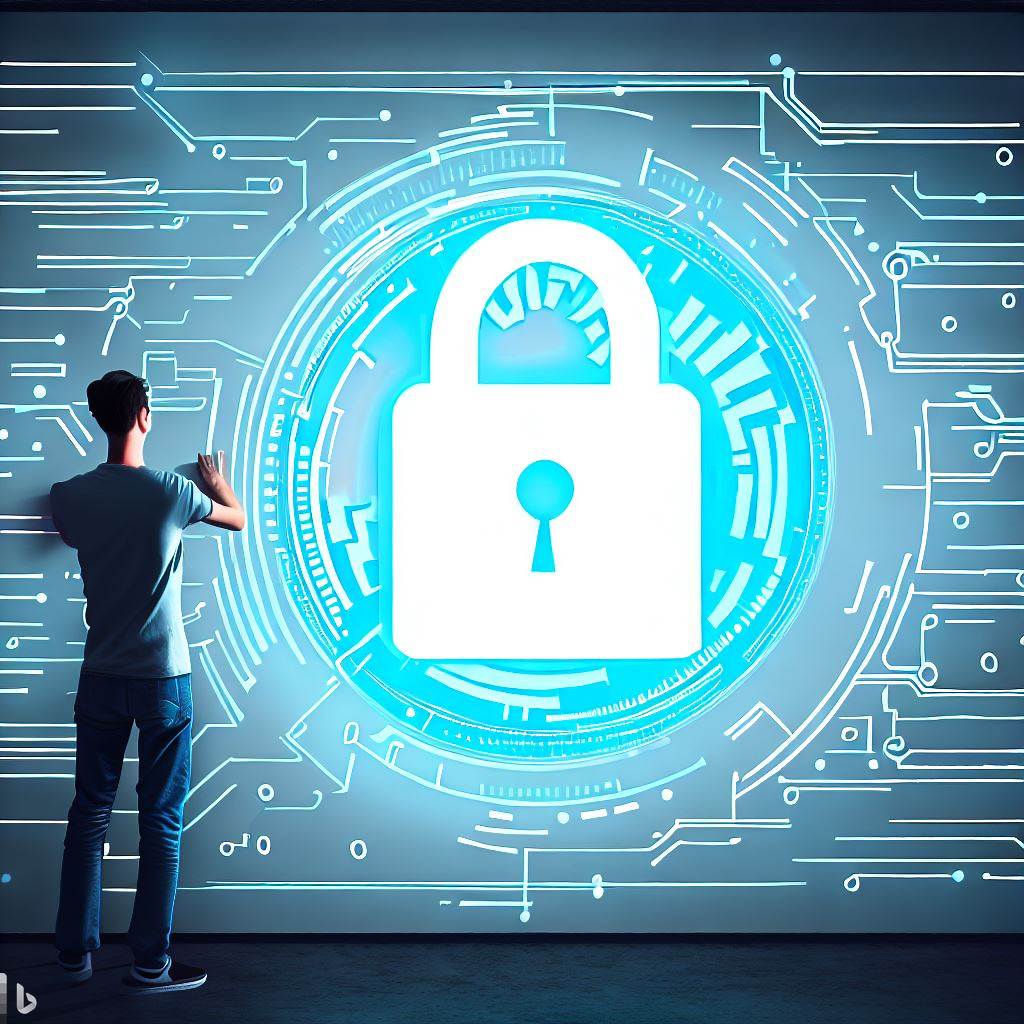
A proactive incident response plan can make all the difference when dealing with cybersecurity breaches.
By establishing a well-defined process for detecting, containing, and recovering from security incidents, city, and local governments can minimize damage and ensure a swift return to normal operations.
A. Roles and Responsibilities in Incident Response
Clarifying roles and responsibilities within the incident response team is crucial for effective coordination during a security breach. Key steps include:
- Defining the incident response team’s structure, including roles such as incident manager, security analyst, and communications specialist.
- Assigning specific responsibilities to each team member.
- Conduct regular training and simulations.
B. Communications and coordination during a security breach
Effective communication is essential for a coordinated response to a security breach. Best practices include:
- Establishing communication channels and protocols for sharing information internally and with external stakeholders, such as law enforcement and vendors.
- Developing a notification and escalation process to ensure the right people are informed at the right time during an incident.
- Crafting a public relations strategy to communicate transparently and responsibly with the public and media.
C. Post-incident analysis and improvement
Learning from past incidents is essential for improving an organization’s cybersecurity position. To achieve this:
- Perform a thorough post-incident analysis to identify root causes, lessons learned, and areas for improvement.
- Update the incident response plan based on the findings, incorporating new measures to prevent similar breaches in the future.
- Share insights and best practices with other city and local governments to foster a collaborative approach to cybersecurity.
By developing a proactive incident response plan, city and local governments can mitigate the impact of cybersecurity breaches and ensure prompt and efficient recovery.
.
Step 7: Cultivate a Strong Cybersecurity Attitude

ostering a culture of cybersecurity is essential for the city and local governments. Organizations can significantly enhance their security posture by encouraging end users to prioritize cybersecurity, collaborating with relevant agencies, and staying informed about the latest cyber threats.
A. Inspiring end users to prioritize cybersecurity
To create a strong cybersecurity culture:
- Engage end users in regular cybersecurity awareness training, emphasizing the importance of their role in protecting sensitive information.
- Recognize and reward employees who demonstrate exceptional cybersecurity practices.
- Share relatable stories that illustrate the real-world consequences of poor cybersecurity habits.
B. Teaming up with Law Enforcement and cybersecurity organizations
Collaboration is key in the fight against cyber threats. By forging partnerships with law enforcement and cybersecurity organizations, city and local governments can:
- Exchange valuable threat intelligence and share best practices.
- Coordinate joint efforts in incident response and investigation, enhancing overall effectiveness.
- Leverage the expertise and resources of these organizations to bolster their cybersecurity defenses.
C. Staying current with the latest cyber-threats
In an always-changing threat landscape, staying informed is key. So city and local governments should:
- Monitor relevant news sources, security blogs, and industry reports to stay updated on the latest threats, vulnerabilities, and cybersecurity trends.
- Attend conferences, workshops, and webinars to learn from experts and expand their cybersecurity knowledge.
- Share pertinent information with end users to ensure everyone knows current risks and best practices.
By cultivating a strong cybersecurity ethos, city and local governments can strengthen their defenses against cyber threats and inspire a shared responsibility for protecting sensitive information.
Conclusion
As technology continues to evolve and cyber threats become more sophisticated, local governments must stay vigilant and proactive in safeguarding sensitive information and critical infrastructure.
By following the outlined seven steps – staying informed of the latest threats and vulnerabilities, investing in training and education, implementing multi-factor authentication, utilizing secure password policies, conducting regular security assessments, maintaining up-to-date software and hardware, and fostering a culture of security awareness – city and county officials can significantly strengthen their cyber defenses.
Adopting these measures not only protects the interests of local government entities but also ensures the safety and privacy of their citizens.
City and county officials can bolster public trust and protect their offices by creating a secure cyber environment.

